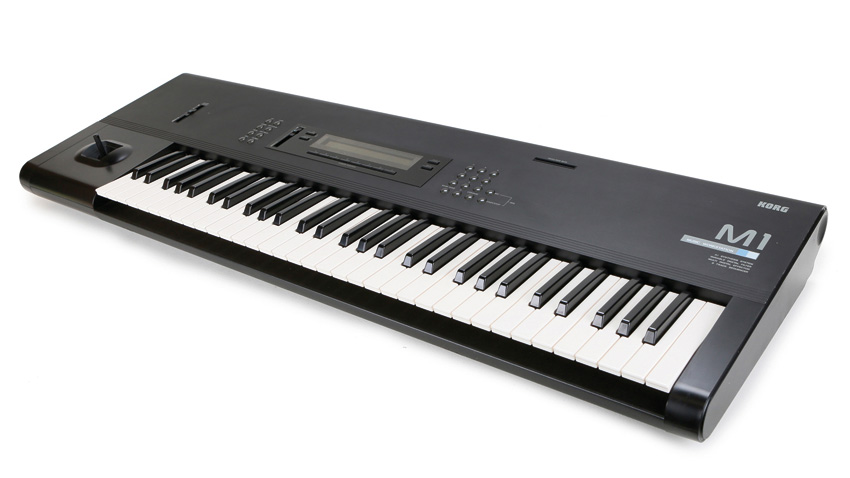Beyonce’s Break My Soul sounds like a love letter to the Korg M1 synth
All that's missing is the Seinfeld SlapBass patch
The launch of a new Beyonce project is always noteworthy, but if you’re familiar with Korg’s classic M1 synth, your first listen of new single Break My Soul might give you a strange sense of - ahem - deja vu.
That’s because the track - a thumping ‘90s house-inspired banger - features two sounds that will be forever associated with the M1: its organ bass and bright piano patches.
As far as we can tell, the bass in Break My Soul is played using the M1’s Organ 2 preset - the one that became iconic after its use on Robin S’s classic Show Me Love. It’s not entirely clear whether a direct sample has been used by Beyonce and her co-writers - who include Single Ladies (Put A Ring On It) alumni Terius Nash and Christopher Stewart, incidentally - but Show Me Love writers Allen George and Fred McFarlane are also given credits, so the influence is clear.
As for the piano, that sounds like the tacky Piano 16’ preset - another M1 patch that’s very much back in vogue right now.
Released in 1988, the M1 was Korg’s response to Roland’s legendary D-50. It offered 4MB worth of multisampled instruments (trust us: that was a lot back then) and also boasted effects and an eight-track sequencer.
The M1 became a smash hit, with many of its presets now etched into music history. As well as that organ bass and piano, who could forget the SlapBass patch, as used in the Seinfeld theme tune?
If you fancy a second-hand M1, you should be able to pick one up for less than $500, but the easier and more affordable option would be to pick up one of Korg’s own authentic software emulations. There’s an M1 plugin for PC/Mac that includes all the sounds from the original and its expansion cards, and an iOS version.
Get the MusicRadar Newsletter
Want all the hottest music and gear news, reviews, deals, features and more, direct to your inbox? Sign up here.



I’m the Deputy Editor of MusicRadar, having worked on the site since its launch in 2007. I previously spent eight years working on our sister magazine, Computer Music. I’ve been playing the piano, gigging in bands and failing to finish tracks at home for more than 30 years, 24 of which I’ve also spent writing about music and the ever-changing technology used to make it.
“Excels at unique modulated timbres, atonal drones and microtonal sequences that reinvent themselves each time you dare to touch the synth”: Soma Laboratories Lyra-4 review
“A superb-sounding and well thought-out pro-end keyboard”: Roland V-Stage 88 & 76-note keyboards review










